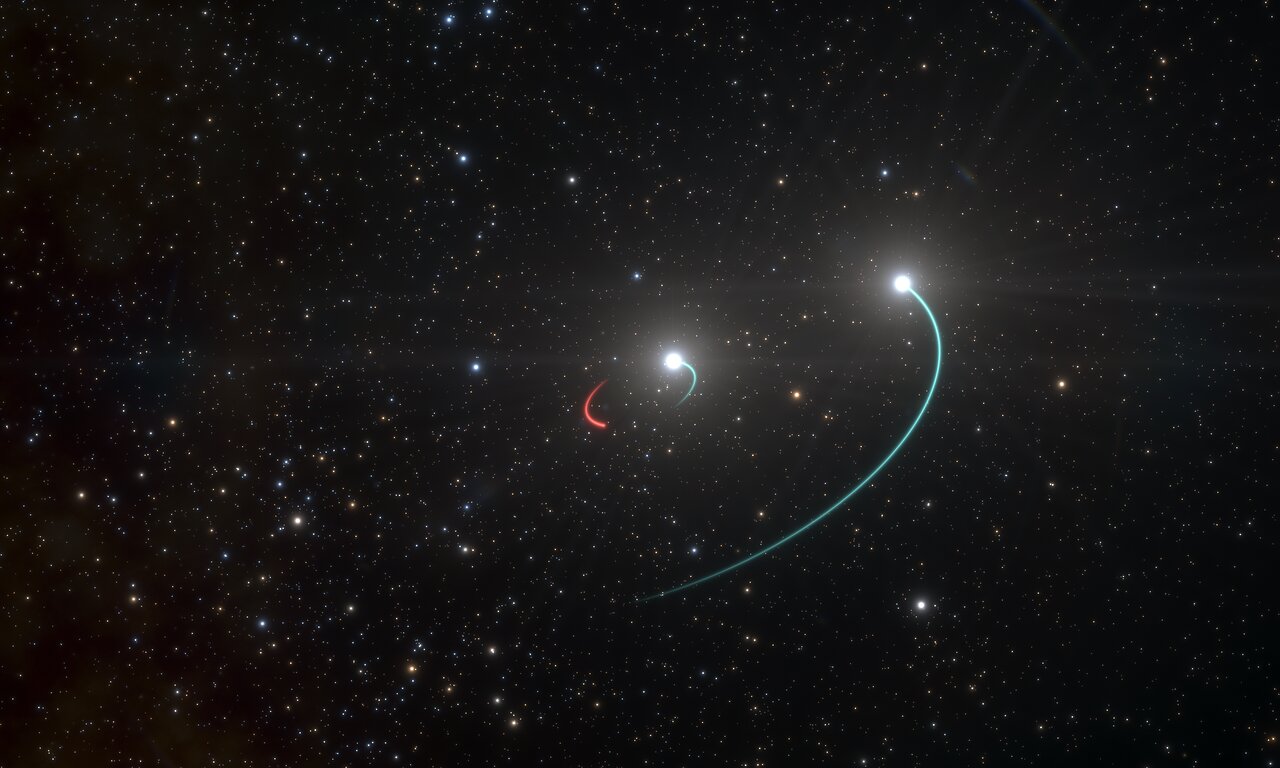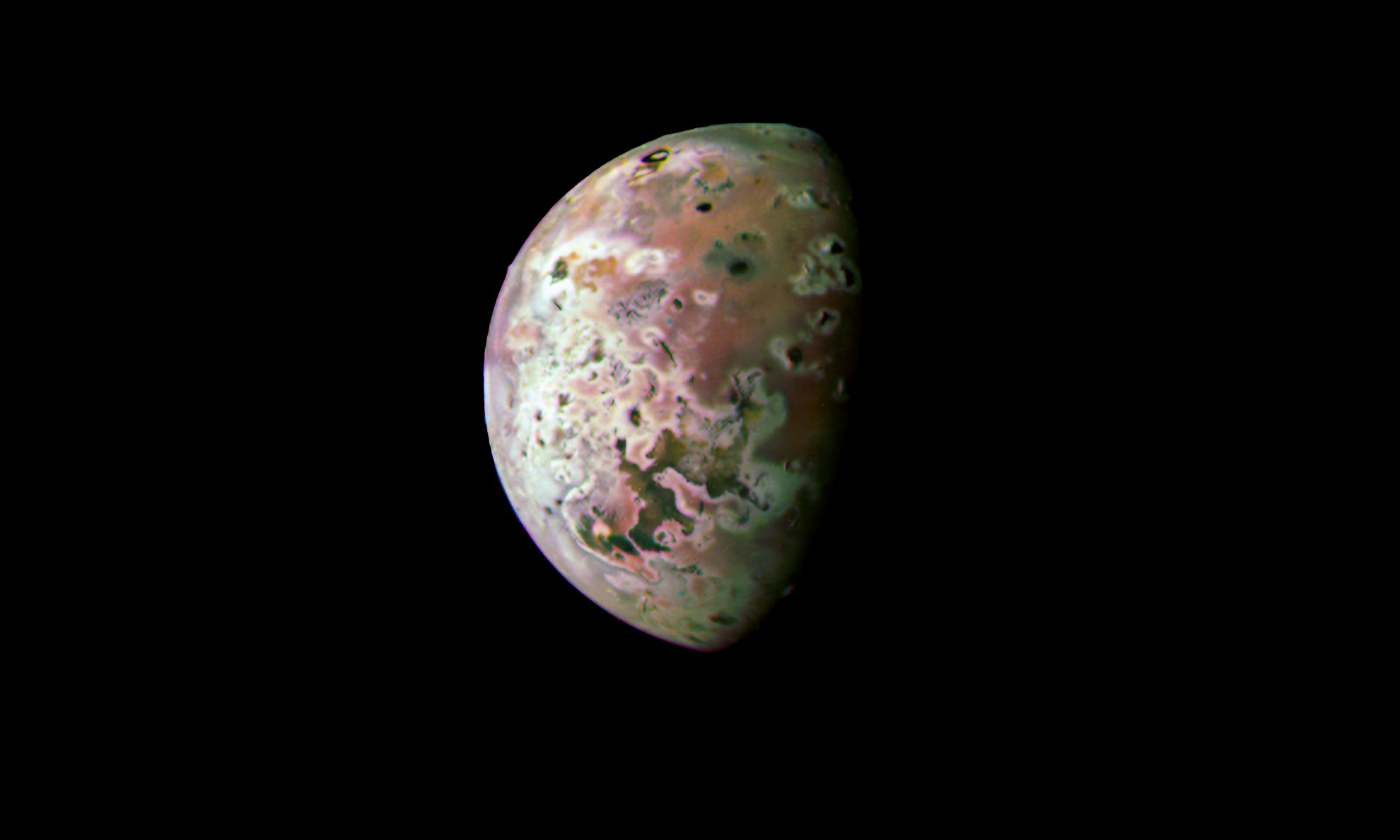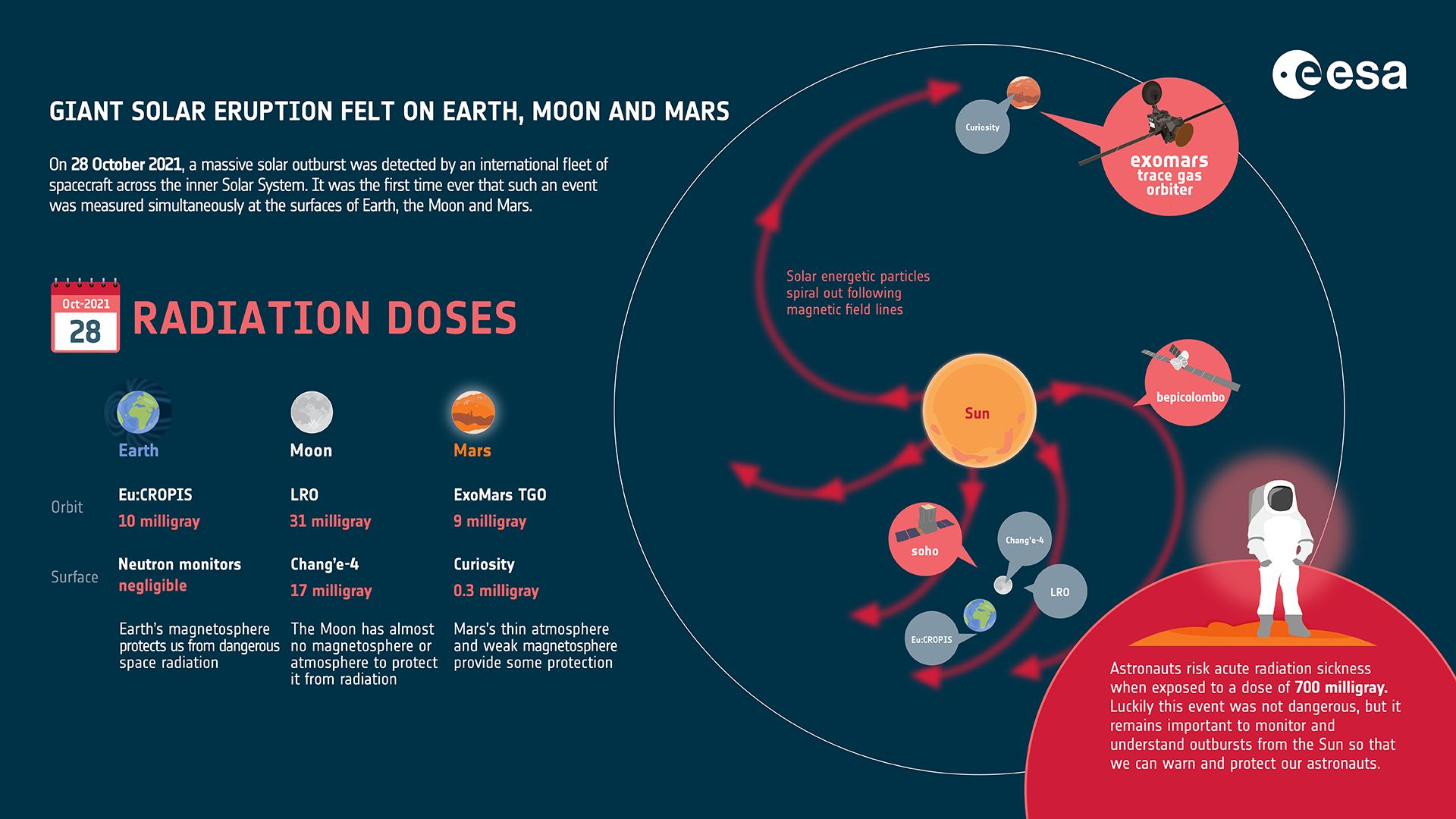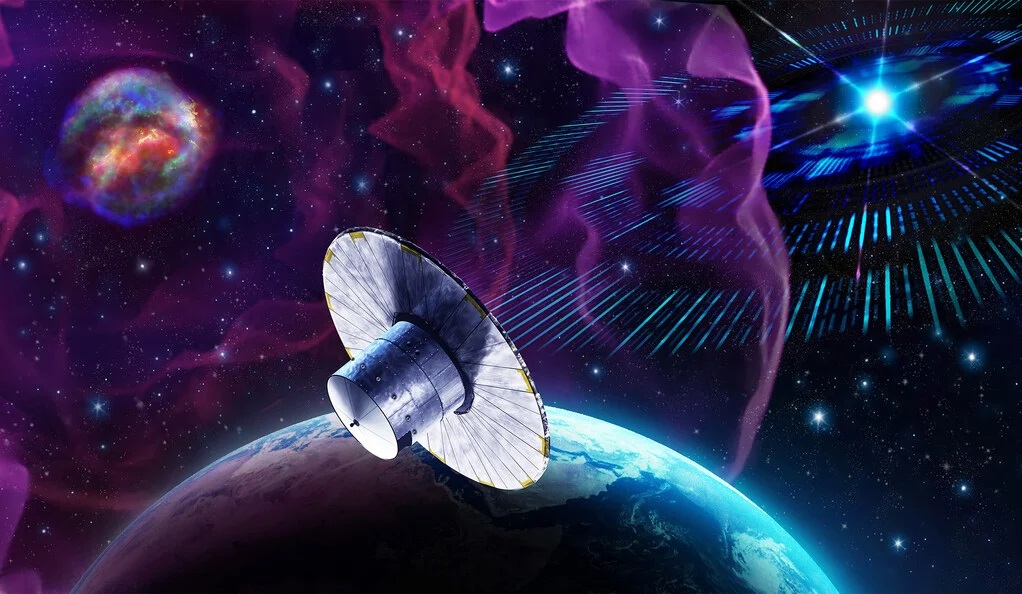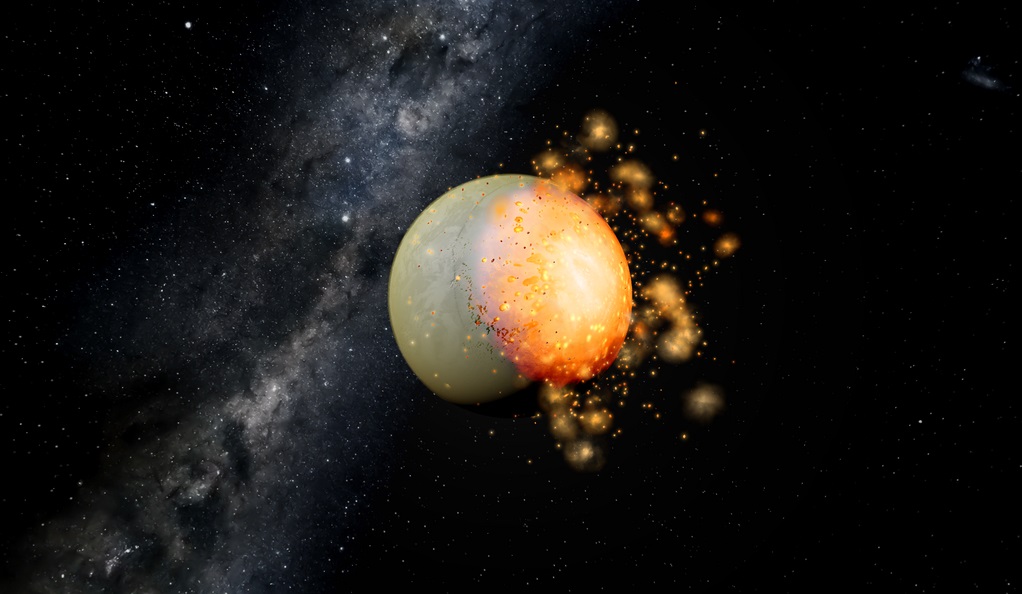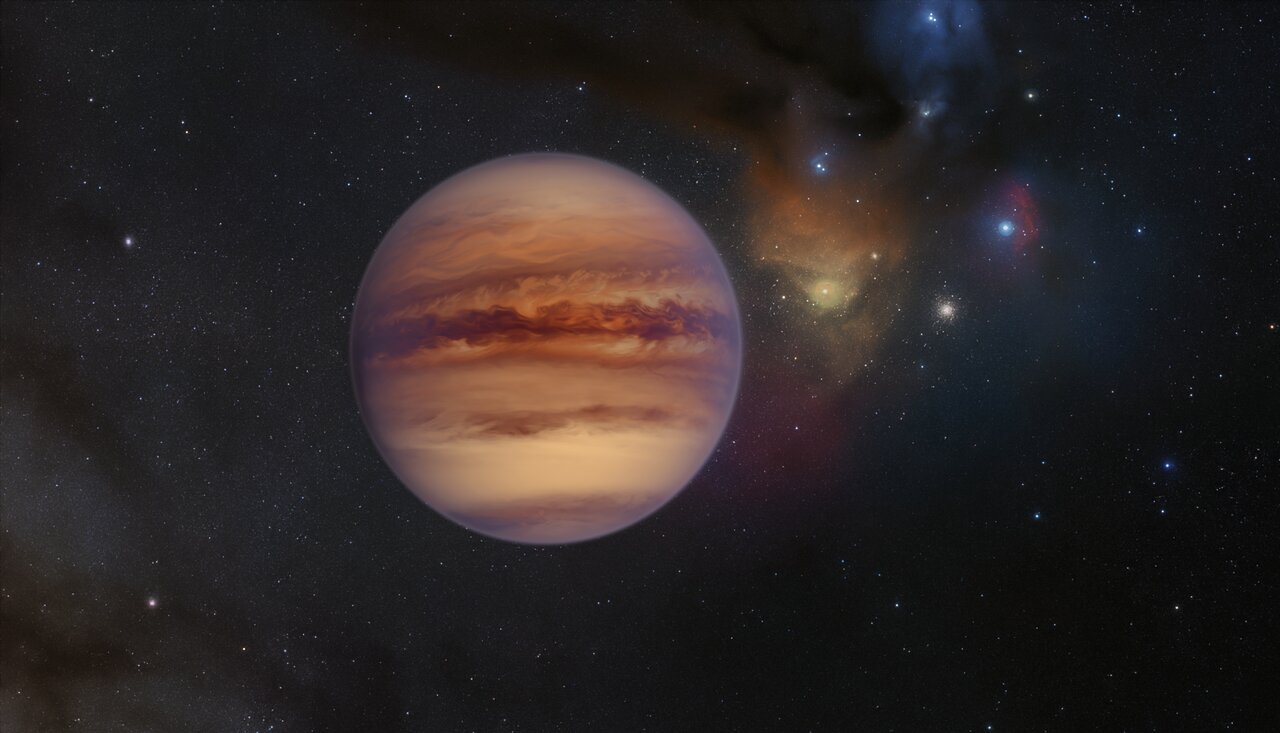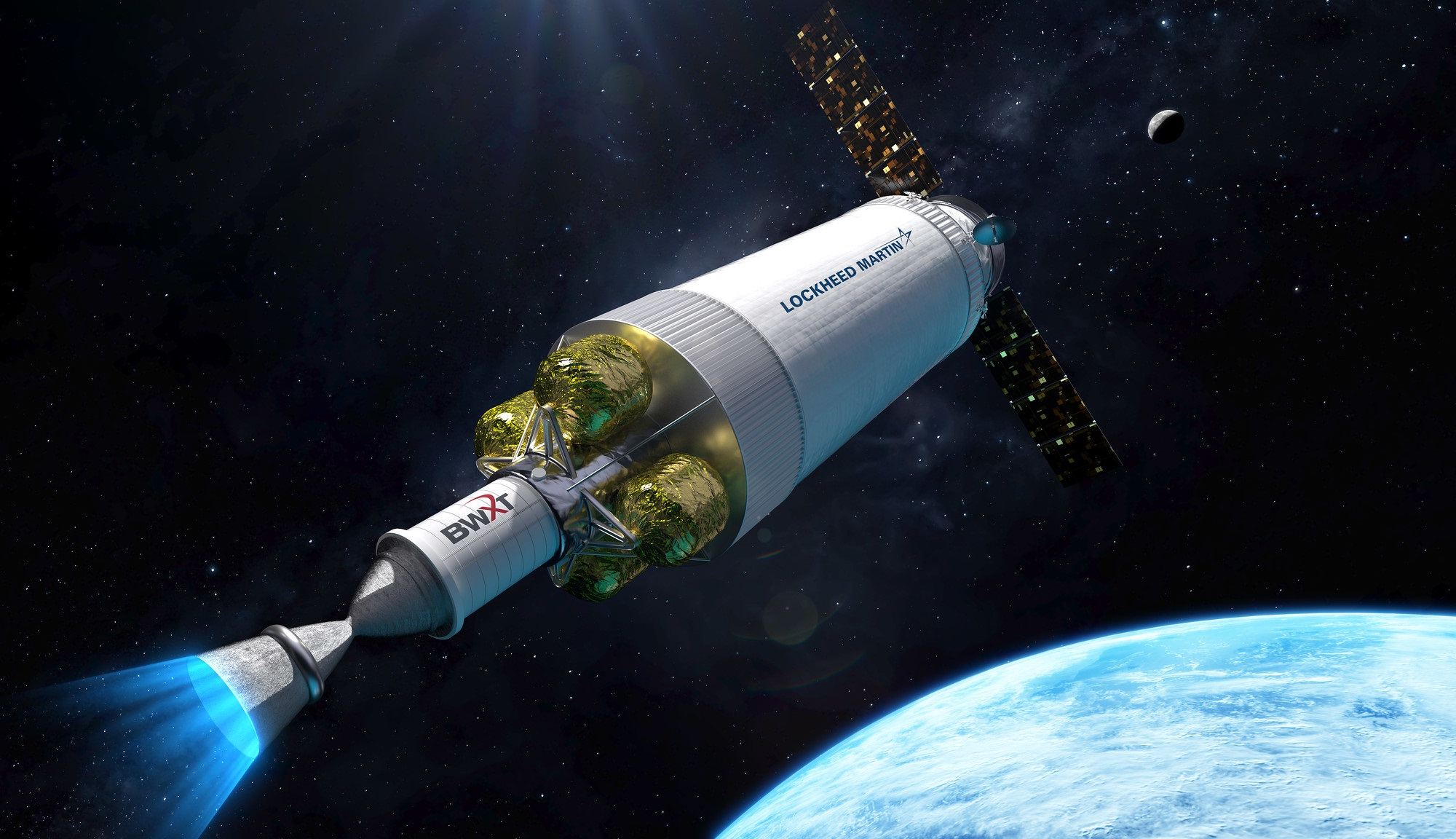Multiple space agencies plan to send astronauts, cosmonauts, and taikonauts to the Moon in the coming years, with the long-term goal of establishing a permanent human presence there. This includes the NASA-led Artemis Program, which aims to create a “sustained program of lunar exploration and development” by the decade’s end. There’s also the competing Russo-Chinese International Lunar Research Station (ILRS) effort to create a series of facilities “on the surface and/or in orbit of the Moon” that will enable lucrative research.
Beyond these government-agency-led programs, there are many companies and non-government organizations (NGOs) hoping to conduct regular trips to the Moon, either for the sake of “lunar tourism” and mining or to build an “International Moon Village” that would act as a spiritual successor to the International Space Station (ISS). These plans will require a lot of cargo and freight moving between Earth and the Moon well into the next decade, which is no easy task. To address this, a team of U.S./UK researchers recently released a research paper on the optimum trajectories for traveling between Earth and the Moon.
Continue reading “Spacecraft Could Shuttle Astronauts and Supplies to and From the Moon on a Regular Basis”

